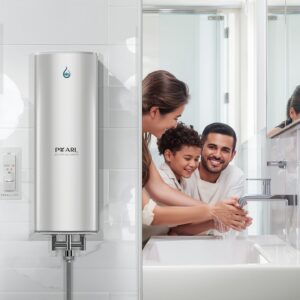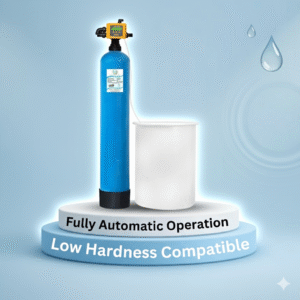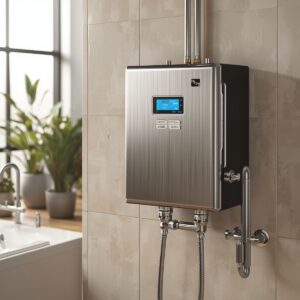RO Membrane: The Heart of Every Reverse Osmosis Water Purifier
Table of Contents:
Introduction
What is an RO Membrane?
How Does an RO Membrane Work?
Key Features of a Quality RO Membrane
Why RO Membranes Are Essential
When Should You Replace Your RO Membrane?
How to Choose the Right RO Membrane
RO Membrane Maintenance Tips
Conclusion
Introduction
Clean drinking water is a basic necessity, and Reverse Osmosis (RO) is one of the most trusted methods for water purification. At the center of every RO system lies its most crucial component — the RO membrane. It’s the part that does the real filtration, removing dissolved salts, impurities, and harmful contaminants.
What is an RO Membrane?
An RO membrane is a semi-permeable filter designed to allow water molecules to pass through while blocking larger particles, contaminants, heavy metals, and dissolved salts. It’s made of thin layers of synthetic materials that tightly control what enters and what gets flushed away.
How Does an RO Membrane Work?
Reverse Osmosis (RO) works on the principle of applying pressure to force water through a semi-permeable membrane. Here’s what happens:
Incoming water is pushed through the RO membrane.
Pure water molecules pass through the membrane pores.
Contaminants, including heavy metals, fluoride, chlorine, bacteria, and TDS, are left behind and flushed away.
The result? Safe, fresh, and pure drinking water.
Key Features of a Quality RO Membrane
✅ High TDS Reduction: Removes 95–99% of dissolved solids
✅ Long Life Span: Lasts up to 12–24 months depending on usage
✅ High Flow Rate: Purifies water faster (GPD – gallons per day)
✅ Durability: Withstands water pressure and chemical exposure
✅ Wide Compatibility: Fits in all standard RO systems
Why RO Membranes Are Essential
Without the membrane, an RO system is incomplete. It ensures:
💧 Removal of dissolved salts and heavy metals
🛡️ Protection from harmful bacteria and viruses
🧊 Better taste and odor of water
⚙️ Enhanced lifespan of other RO components
When Should You Replace Your RO Membrane?
You should consider changing the RO membrane if:
TDS levels in output water increase
Water flow becomes too slow
Membrane is over 1–2 years old
Taste or odor of water becomes unpleasant
🧪 Tip: Use a TDS Meter regularly to check water quality and know when to replace the membrane.
How to Choose the Right RO Membrane
While buying an RO membrane, check:
✔️ TDS reduction capacity
✔️ GPD rating (50, 75, 100 GPD depending on need)
✔️ Brand reliability and warranty
✔️ Compatibility with your RO system
✔️ Water source (borewell, municipal, etc.)
💡 Pearl Water Technologies offers high-performance RO membranes designed for Indian water conditions.
RO Membrane Maintenance Tips
Always pre-filter your water with sediment and carbon filters to reduce membrane load
Flush the RO system regularly to prevent clogging
Store the membrane in clean, dry conditions
Do not expose to hot water (above 45°C)
Conclusion
The RO Membrane is the core of your water purifier — it’s what makes your water truly safe to drink. Choosing the right membrane and maintaining it well ensures your family always has access to healthy, pure water.
💧 Want to upgrade or replace your RO membrane?
Visit Pearl Water Technologies for expert-tested, long-lasting RO membranes.


